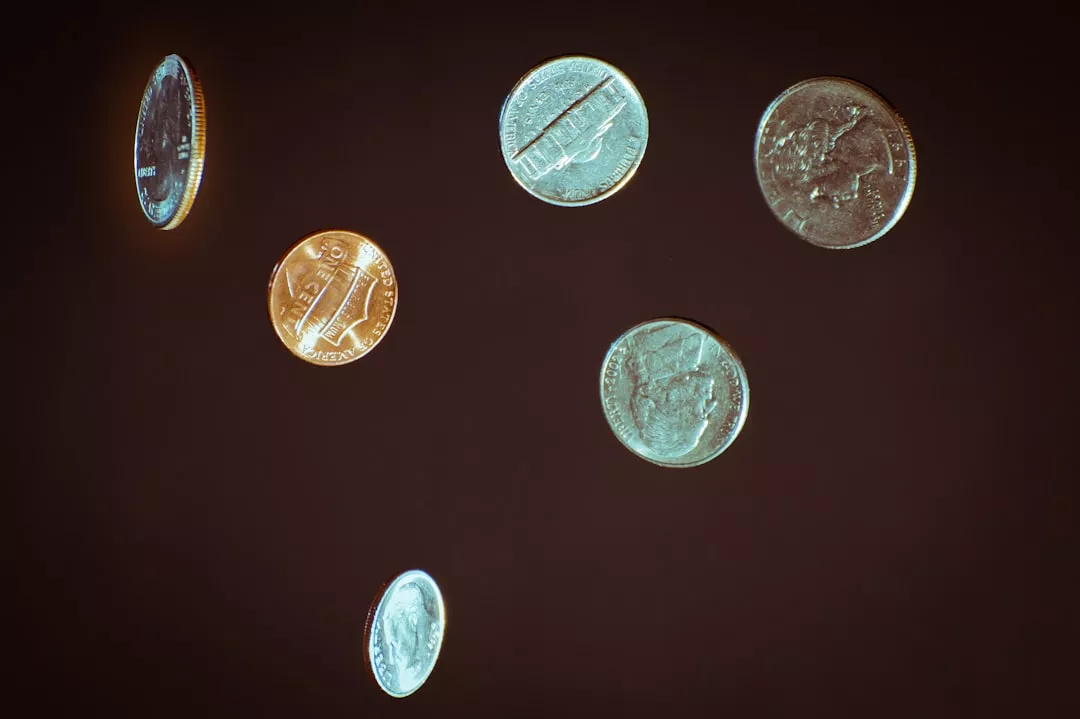NASA’s Perseverance Mars rover has once again captured a stunning image on the red planet. This time, it was a dust devil swallowing a smaller one, providing valuable insights into the dynamics of the Martian atmosphere.
The image was captured by Perseverance’s navigation camera during an imaging experiment conducted by the rover’s science team. The team was specifically looking to understand the behavior of dust devils on Mars, and they were not disappointed.
Dust devils are a common occurrence on Mars, and they are essentially whirlwinds of dust that form due to the planet’s thin atmosphere and low gravity. These dust devils can range in size from a few meters to several kilometers in height and can travel at speeds of up to 100 kilometers per hour.
The image captured by Perseverance shows a larger dust devil engulfing a smaller one, a phenomenon that has never been seen before. This provides scientists with a rare opportunity to study the dynamics of these dust devils and how they interact with each other.
But this is not the first time that NASA has captured images of dust devils on Mars. In the 1970s, NASA’s Viking orbiters became the first spacecraft to capture images of these whirlwinds on the red planet. However, the images were not as clear and detailed as the one captured by Perseverance’s navigation camera.
The Perseverance rover, which landed on Mars in February 2021, has been on a mission to search for signs of ancient microbial life on the red planet. But in addition to its primary mission, the rover has also been conducting various experiments and capturing stunning images of the Martian landscape.
The rover’s navigation camera, also known as Navcam, is one of the many instruments on board that has been providing valuable data and images. The Navcam is a stereo camera system that helps the rover navigate and avoid potential hazards on its path.
The dust devil image captured by the Navcam was taken on July 16, 2021, and has since been making rounds on social media and news outlets. The image shows the larger dust devil, which is about 50 meters wide, engulfing the smaller one, which is only about 5 meters wide.
According to NASA, the smaller dust devil was likely formed by the larger one, which is a common occurrence on Mars. The larger dust devil’s strong winds can create a vortex that pulls in dust and debris, forming smaller dust devils.
But what makes this image even more fascinating is the fact that the smaller dust devil’s demise was captured in the process. This provides scientists with a rare opportunity to study the behavior and lifespan of these whirlwinds on Mars.
The Perseverance rover’s science team has been studying the image and analyzing the data to better understand the dynamics at work in the Martian atmosphere. They hope that this will provide valuable insights into the planet’s weather patterns and how they may have affected the planet’s past and present.
The rover’s mission on Mars is expected to last at least one Mars year, which is equivalent to about two Earth years. In that time, Perseverance will continue to explore the Jezero Crater, where it landed, and collect samples of Martian rocks and soil for future analysis.
The successful capture of the dust devil image is a testament to the advanced technology and capabilities of the Perseverance rover. It also highlights the importance of continued exploration and research on Mars, a planet that has captivated our curiosity for centuries.
As we continue to unravel the mysteries of the red planet, images like this one remind us of the vastness and complexity of our universe. And with each new discovery, we come one step closer to understanding our place in the cosmos.
So let us celebrate this incredible achievement by NASA’s Perseverance rover and look forward to more groundbreaking discoveries in the future. Who knows what other wonders await us on the red planet? Only time and perseverance will tell.



